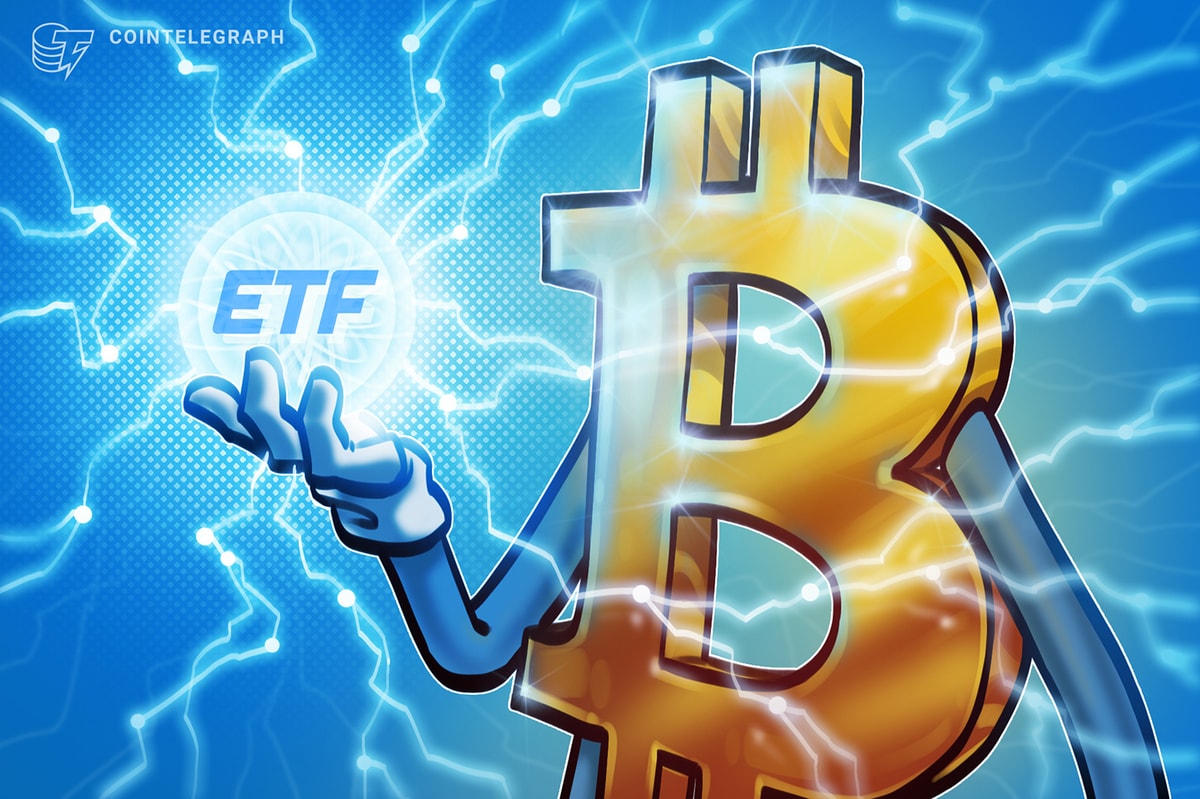
Inflation concerns and the U.S. debt standoff cast a long shadow over Bitcoin’s dwindling bullish prospects.
A bearish technical formation has driven down the total crypto market capitalization over the past seven weeks. Bitcoin’s (BTC) 2% decline — and a 1.7% and 2.5% decline from BNB (BNB) and XRP (XRP), respectively — were the main drivers of the most recent 1.3% correction between May 18 and May 25.

The descending wedge formation initiated in April indicates a possible breakout near $1 trillion by late July. For bulls, the bearish structure that drove the total capitalization to $1.11 trillion on May 25 means that an eventual break to the upside would require extra effort.
Bitcoin and Ether falter due to weak macroeconomic data
Sticky inflation continues to worry investors, who price in higher odds of further interest rate increases by the United States Federal Reserve. The country’s latest personal consumption expenditure indicator displayed a 5% increase, which is noticeably higher than the 2% inflation target.
Moreover, data from Germany’s statistics office on May 25 showed a downward revision to the country’s gross domestic product from 0% to -0.3% for the first quarter of 2023 versus the previous quarter, marking the second consecutive decline. Furthermore, there’s the impending U.S. debt ceiling standoff and the fact that the U.S. Treasury is quickly running out of cash.
There are also a series of regulatory risks at the forefront due to various governments aiming to tighten their grip on crypto assets. The latest event involved an oversight body within the European Central Bank called the European Systemic Risk Board (ESRB), which recommended special attention to bank run risks on stablecoins. The ESRB mentioned the lack of transparency regarding stablecoins, providing the example of Tether (USDT).
Derivatives hint that bears are unwilling to short
Perpetual contracts, also known as inverse swaps, have an embedded rate that is usually charged every eight hours.
A positive funding rate indicates that longs (buyers) demand more leverage. Still, the opposite situation occurs when shorts (sellers) require additional leverage, causing the funding rate to turn negative.

The seven-day funding rate for BTC and Ether (ETH) was neutral, indicating balanced demand from leveraged longs (buyers) and shorts (sellers) using perpetual futures contracts.
To exclude externalities that might have solely impacted futures markets, traders can gauge the market’s sentiment by measuring whether more activity is going through call (buy) options or put (sell) options.
A 0.70 put-to-call ratio indicates that put option open interest lags the more bullish calls and is, therefore, bullish. In contrast, a 1.40 indicator favors put options, which can be deemed bearish.

The put-to-call ratio for Bitcoin options volume has been below 1.0 for the past couple of weeks, indicating a higher preference for neutral-to-bullish call options. More importantly, even as Bitcoin briefly corrected down to $25,900 on May 25, there was no significant surge in demand for the protective put options.
Related: Ripe for the squeeze? Bitcoin mining stocks remain under attack from short sellers
Multiple factors will continue to pressure Bitcoin’s price
Given the balanced demand on futures markets, traders seem hesitant to place additional bets until there’s more clarity on the U.S. debt standoff. It is unclear whether the crypto market will be able to break out of the descending wedge formation.
Even if professional traders are not using derivatives to bet on a catastrophic scenario for Bitcoin’s price, there is presently a lack of triggers for a bull run given the uncertainty in the macroeconomic environment. So, ultimately, bears are in control as the descending wedge makes its way to another 10% correction until July.
This article does not contain investment advice or recommendations. Every investment and trading move involves risk, and readers should conduct their own research when making a decision.
This article is for general information purposes and is not intended to be and should not be taken as legal or investment advice. The views, thoughts, and opinions expressed here are the author’s alone and do not necessarily reflect or represent the views and opinions of Cointelegraph.





